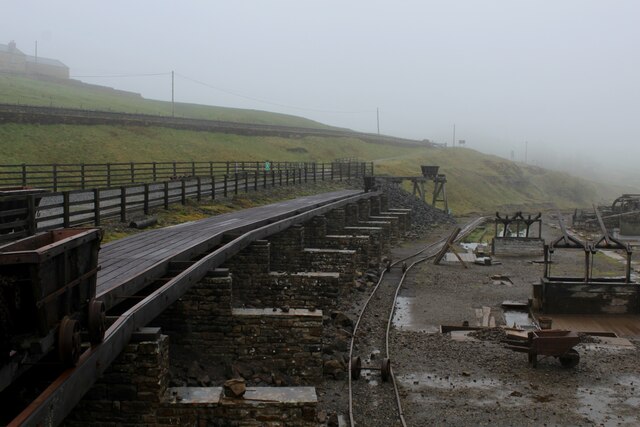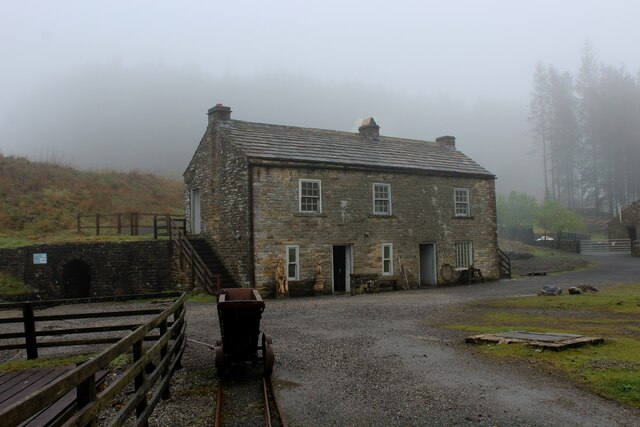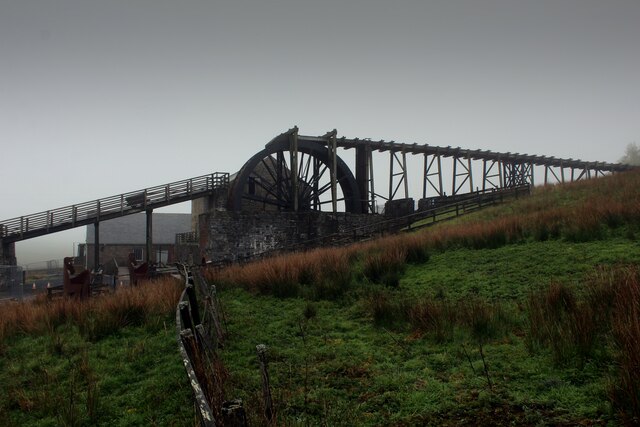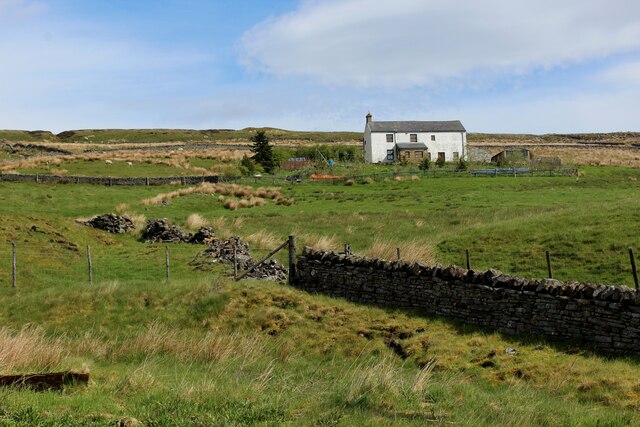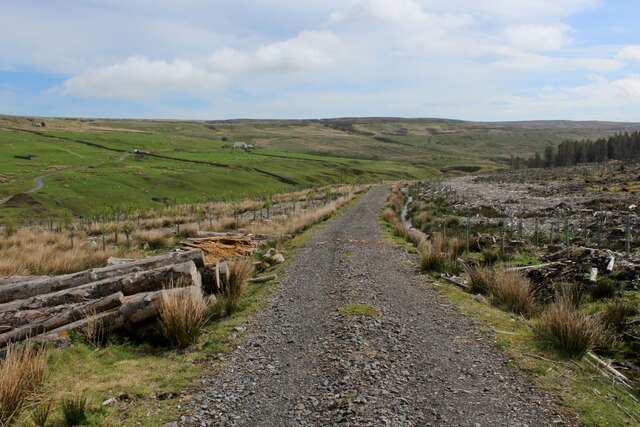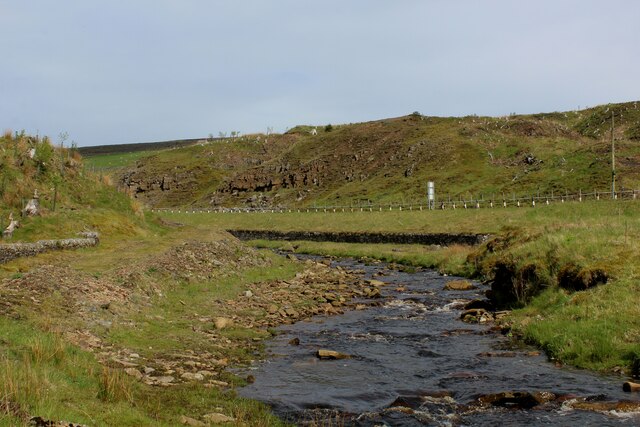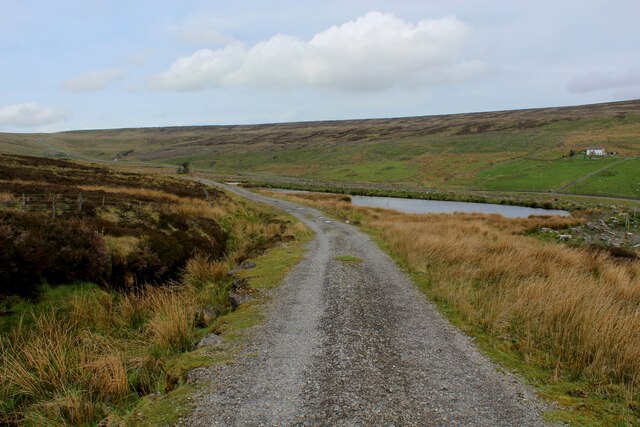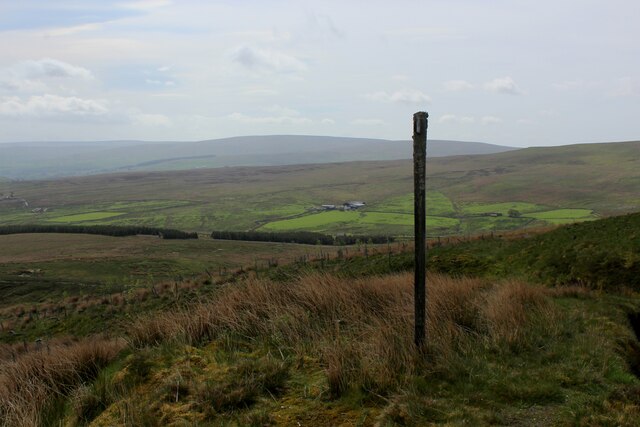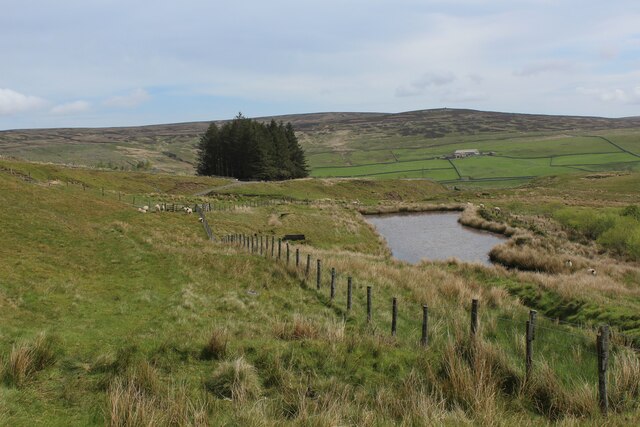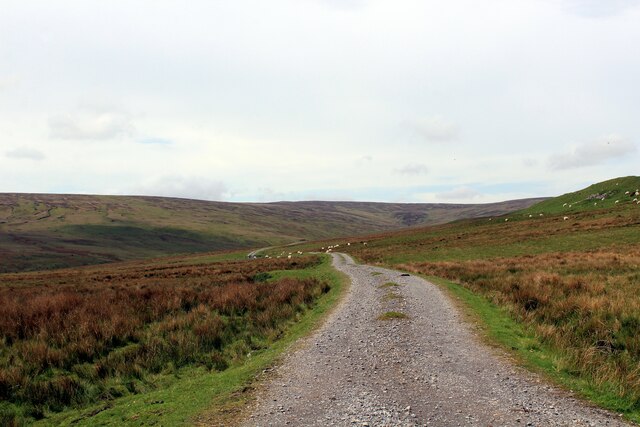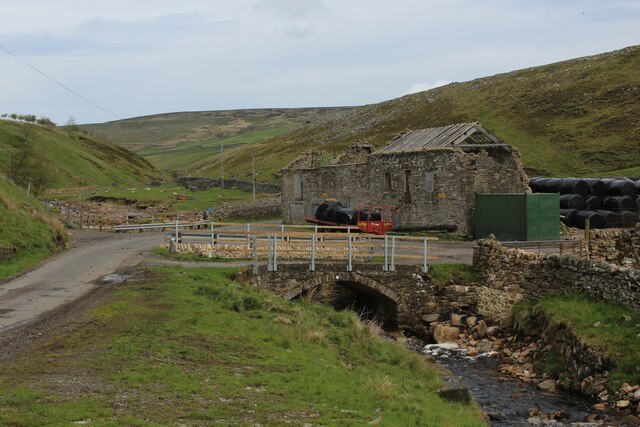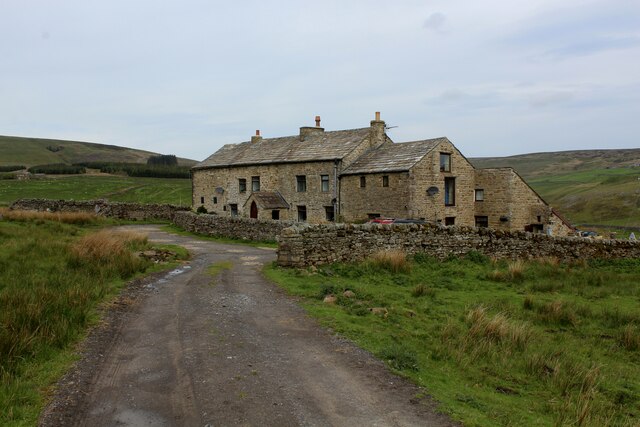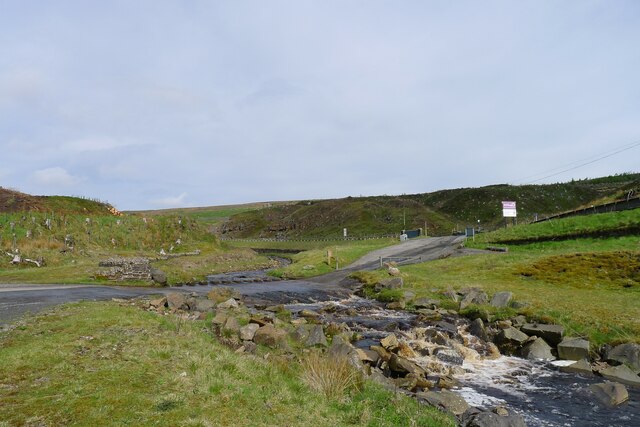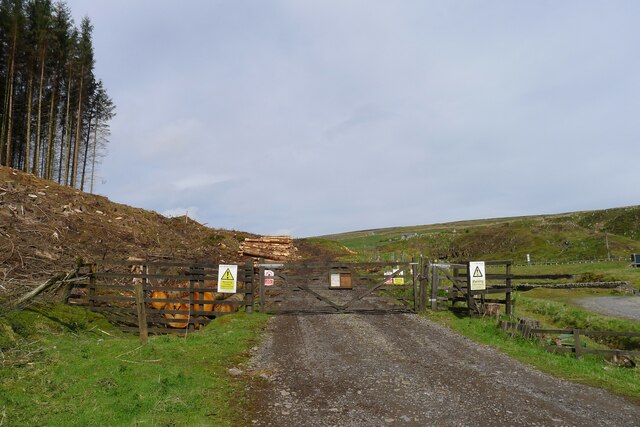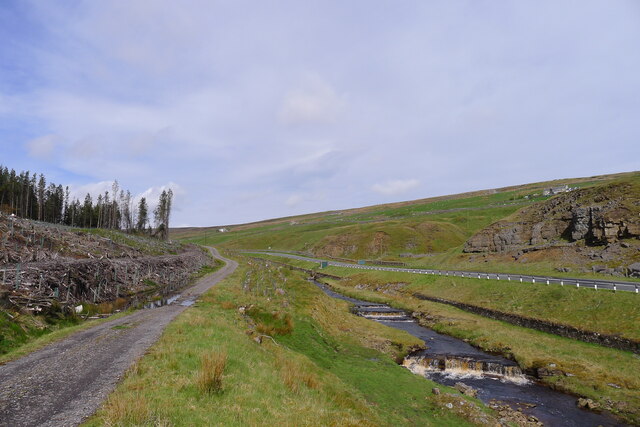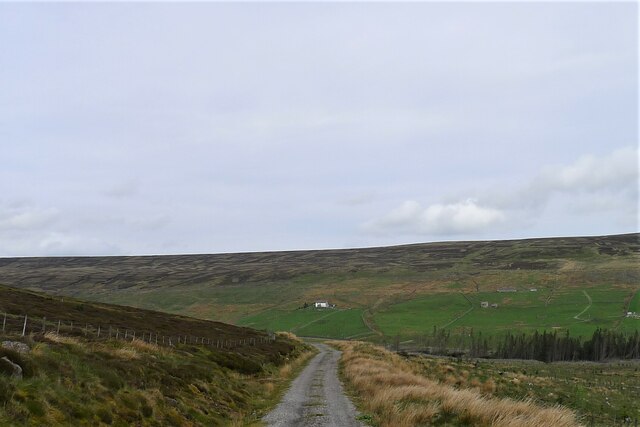Snodberry Cleugh
Valley in Durham
England
Snodberry Cleugh
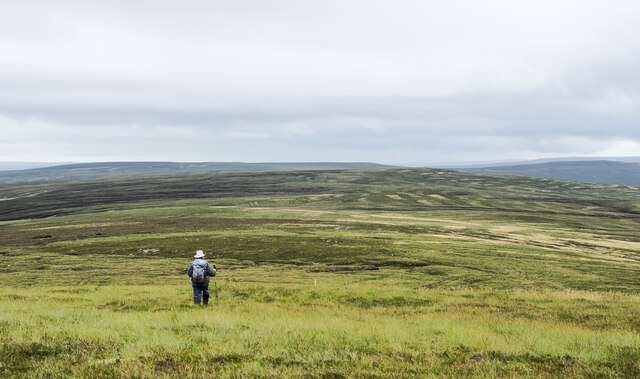
Snodberry Cleugh is a picturesque valley located in Durham, England. Situated amidst rolling green hills and meandering streams, it is a haven for nature enthusiasts and those seeking tranquility away from the bustling city life. The valley is renowned for its breathtaking beauty and offers a wide range of outdoor activities.
Covered in lush vegetation, Snodberry Cleugh is home to an array of flora and fauna. The valley is particularly famous for its vibrant wildflowers, which create a colorful tapestry during the spring and summer months. The diverse wildlife in the area includes various species of birds, small mammals, and butterflies, making it a perfect spot for birdwatchers and wildlife photographers.
The valley is crisscrossed by several walking trails, allowing visitors to explore the natural wonders at their own pace. These trails offer stunning views of the surrounding countryside and lead to hidden gems such as waterfalls and ancient ruins. For those seeking a more adventurous experience, Snodberry Cleugh also offers opportunities for cycling, horseback riding, and fishing in its crystal-clear streams.
History buffs will delight in the rich heritage of Snodberry Cleugh. The valley is dotted with remnants of its past, including old stone bridges, crumbling mills, and remnants of iron mines. These historical sites provide a glimpse into the area's industrial past and offer a fascinating insight into the lives of the people who once inhabited the valley.
Overall, Snodberry Cleugh is a captivating destination that seamlessly blends natural beauty with historical significance. Whether it's for a leisurely stroll, a family picnic, or an exploration of the area's rich history, this valley has something to offer for everyone.
If you have any feedback on the listing, please let us know in the comments section below.
Snodberry Cleugh Images
Images are sourced within 2km of 54.783613/-2.2599268 or Grid Reference NY8343. Thanks to Geograph Open Source API. All images are credited.
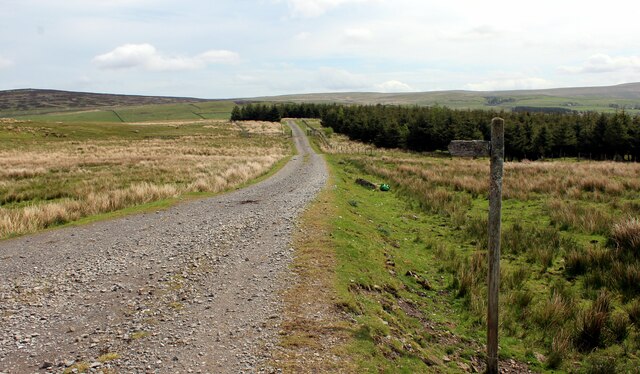
Snodberry Cleugh is located at Grid Ref: NY8343 (Lat: 54.783613, Lng: -2.2599268)
Unitary Authority: County Durham
Police Authority: Durham
What 3 Words
///frantic.surfacing.outgrown. Near Alston, Cumbria
Nearby Locations
Related Wikis
Killhope
Killhope is a small settlement at the very highest end of Weardale in the civil parish of Stanhope, in County Durham, England. Killhope Pass, the road...
Old Moss Lead Vein
Old Moss Lead Vein, also known as Killhope Head, is a Site of Special Scientific Interest in the Wear Valley district of County Durham, England. It consists...
Lanehead
Lanehead is a hamlet in the civil parish of Stanhope, in County Durham, England. It lies at the head of Weardale, approximately 2 km west of Cowshill....
Cornriggs Meadows
Cornriggs Meadows is a Site of Special Scientific Interest in Upper Weardale in north-west County Durham, England. It consists of a group of fields, located...
Nearby Amenities
Located within 500m of 54.783613,-2.2599268Have you been to Snodberry Cleugh?
Leave your review of Snodberry Cleugh below (or comments, questions and feedback).
